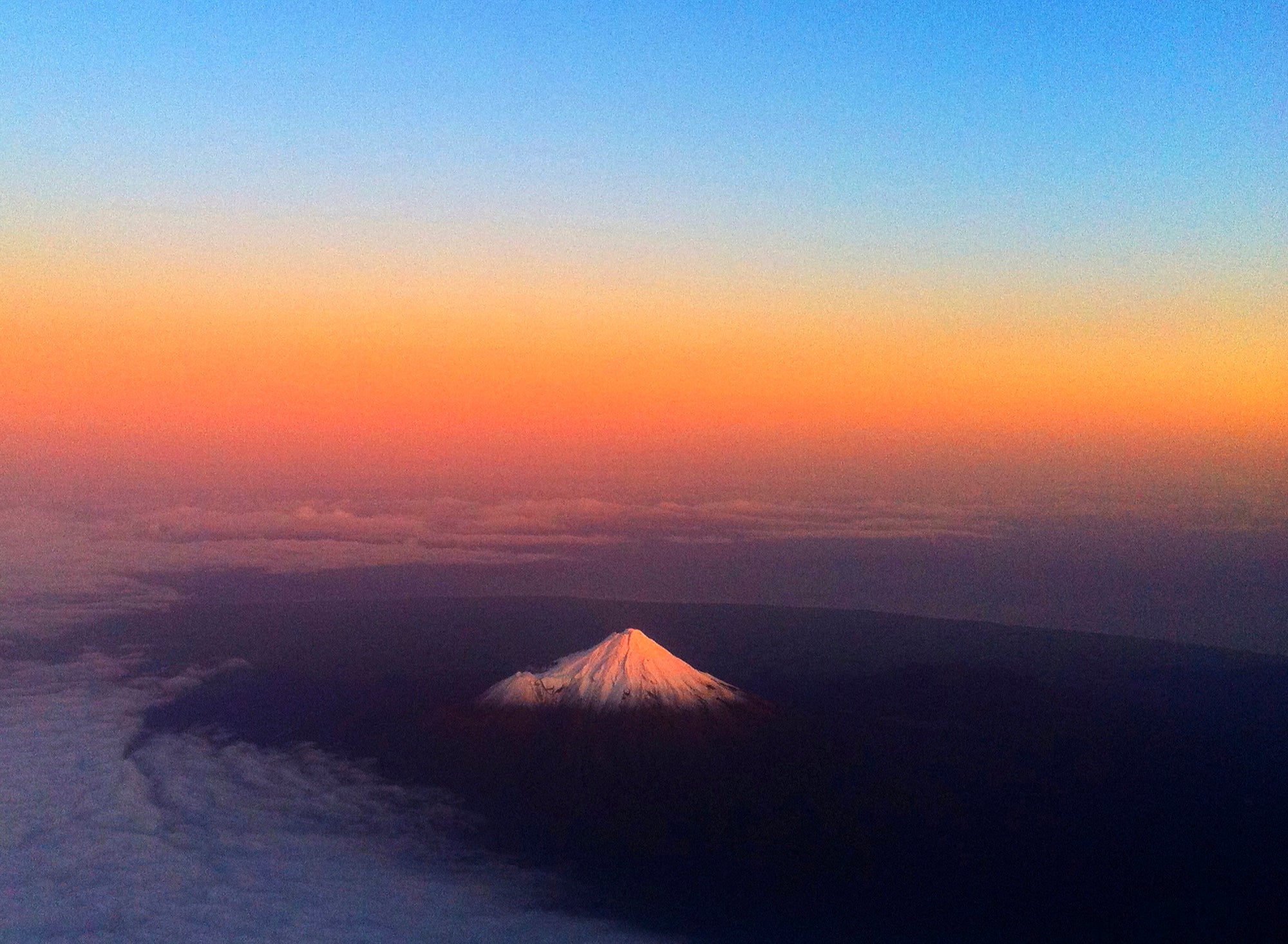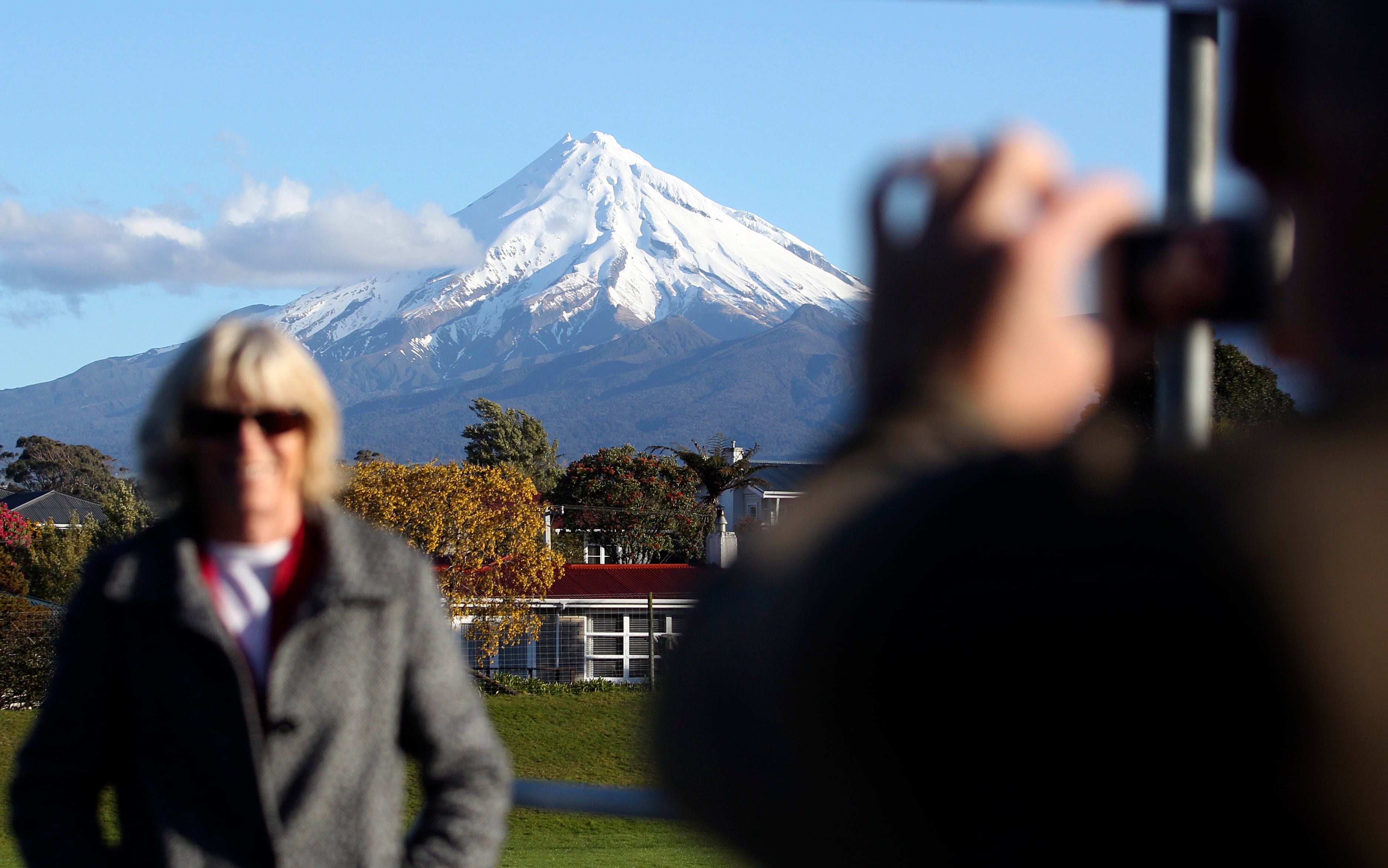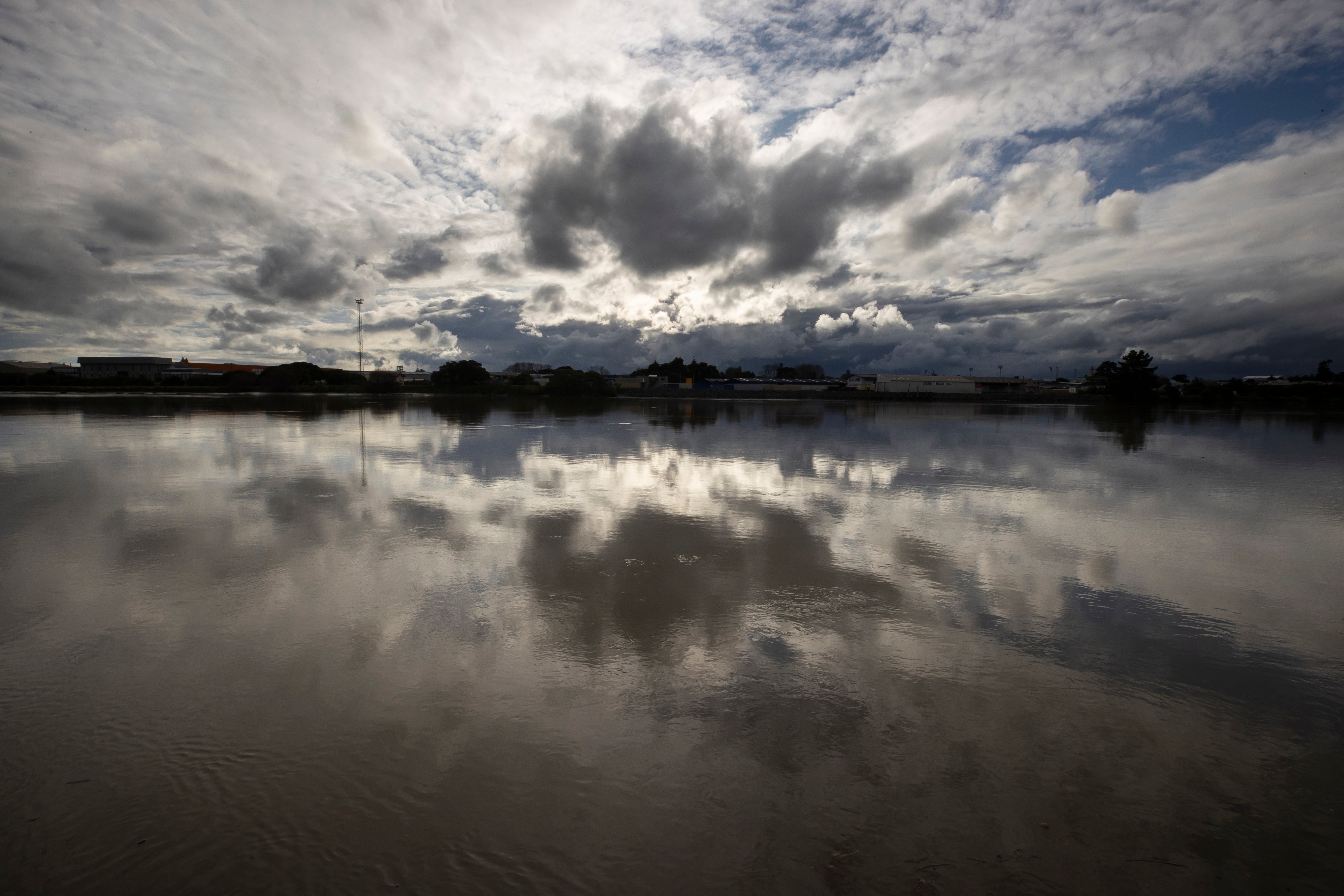Country recognises mountain as legal human being
But how will Mount Taranaki use its new rights?

Your support helps us to tell the story
From reproductive rights to climate change to Big Tech, The Independent is on the ground when the story is developing. Whether it's investigating the financials of Elon Musk's pro-Trump PAC or producing our latest documentary, 'The A Word', which shines a light on the American women fighting for reproductive rights, we know how important it is to parse out the facts from the messaging.
At such a critical moment in US history, we need reporters on the ground. Your donation allows us to keep sending journalists to speak to both sides of the story.
The Independent is trusted by Americans across the entire political spectrum. And unlike many other quality news outlets, we choose not to lock Americans out of our reporting and analysis with paywalls. We believe quality journalism should be available to everyone, paid for by those who can afford it.
Your support makes all the difference.A mountain in New Zealand is now officially recognised as a human.
Considered an ancestor by Indigenous people, the mountain was recognised as a legal person on Thursday after a new law granted it all the rights and responsibilities of a human being.
Mount Taranaki — now known as Taranaki Maunga, its Māori name — is considered an ancestor by Indigenous people.
The snow-capped dormant volcano is the second highest on New Zealand’s North Island at 2,518 meters (8,261 feet) and a popular spot for tourism, hiking and snow sports.
It was recognised as a legal person on Thursday after a new law granted it all the rights and responsibilities of a human being.
It is the latest natural feature to be granted personhood in New Zealand, which has ruled that a river and a stretch of sacred land are people before.
The legal recognition acknowledges the mountain’s theft from the Māori of the Taranaki region after New Zealand was colonized. It fulfills an agreement of redress from the country's government to Indigenous people for harms perpetrated against the land since.
The law passed on Thursday gives Taranaki Maunga all the rights, powers, duties, responsibilities and liabilities of a person. Its legal personality has a name: Te Kāhui Tupua, which the law views as “a living and indivisible whole." It includes Taranaki and its surrounding peaks and land, “incorporating all their physical and metaphysical elements.”
A newly created entity will be “the face and voice” of the mountain, the law says, with four members from local Māori iwi, or tribes, and four members appointed by the country's Conservation Minister.

“The mountain has long been an honored ancestor, a source of physical, cultural and spiritual sustenance and a final resting place," Paul Goldsmith, the lawmaker responsible for the settlements between the government and Māori tribes, told Parliament in a speech on Thursday.
But colonizers of New Zealand in the 18th and 19th centuries took first the name of Taranaki and then the mountain itself. In 1770, the British explorer Captain James Cook spotted the peak from his ship and named it Mount Egmont.
Mount Taranaki — now known as Taranaki Maunga:
In 1840, Māori tribes and representatives of the British crown signed the Treaty of Waitangi — New Zealand's founding document — in which the Crown promised Māori would retain rights to their land and resources. But the Māori and English versions of the treaty differed — and Crown breaches of both began immediately.
In 1865, a vast swathe of Taranaki land, including the mountain, was confiscated to punish Māori for rebeling against the Crown. Over the next century hunting and sports groups had a say in the mountain's management — but Māori did not.
“Traditional Māori practices associated with the mountain were banned while tourism was promoted,” Goldsmith said. But a Māori protest movement of the 1970s and '80s has led to a surge of recognition for the Māori language, culture and rights in New Zealand law.
Redress has included billions of dollars in Treaty of Waitangi settlements — such as the agreement with the eight tribes of Taranaki, signed in 2023.
How will the mountain use its rights?
“Today, Taranaki, our maunga, our maunga tupuna, is released from the shackles, the shackles of injustice, of ignorance, of hate," said Debbie Ngarewa-Packer, a co-leader of the political party Te Pāti Māori and a descendant of the Taranaki tribes, using a phrase that means ancestral mountain.
“We grew up knowing there was nothing anyone could do to make us any less connected,” she added.
The mountain's legal rights are intended to uphold its health and wellbeing. They will be employed to stop forced sales, restore its traditional uses and allow conservation work to protect the native wildlife that flourishes there. Public access will remain.

New Zealand was the first country in the world to recognise natural features as people when a law passed in 2014 granted personhood to Te Urewera, a vast native forest on the North Island. Government ownership ceased and the tribe Tūhoe became its guardian.
“Te Urewera is ancient and enduring, a fortress of nature, alive with history; its scenery is abundant with mystery, adventure, and remote beauty,” the law begins, before describing its spiritual significance to Māori. In 2017, New Zealand recognised the Whanganui River as human, as part of a settlement with its local iwi.
The bill recognizing the mountain's personhood was affirmed unanimously by Parliament's 123 lawmakers. The vote was greeted by a ringing waiata — a Māori song — from the public gallery, packed with dozens who had traveled to the capital, Wellington, from Taranaki.
The unity provided brief respite in a tense period for race relations in New Zealand. In November, tens of thousands of people marched to Parliament to protest a law that would reshape the Treaty of Waitangi by setting rigid legal definitions for each clause. Detractors say the law — which is not expected to pass — would strip Māori of legal rights and dramatically reverse progress from the past five decades.